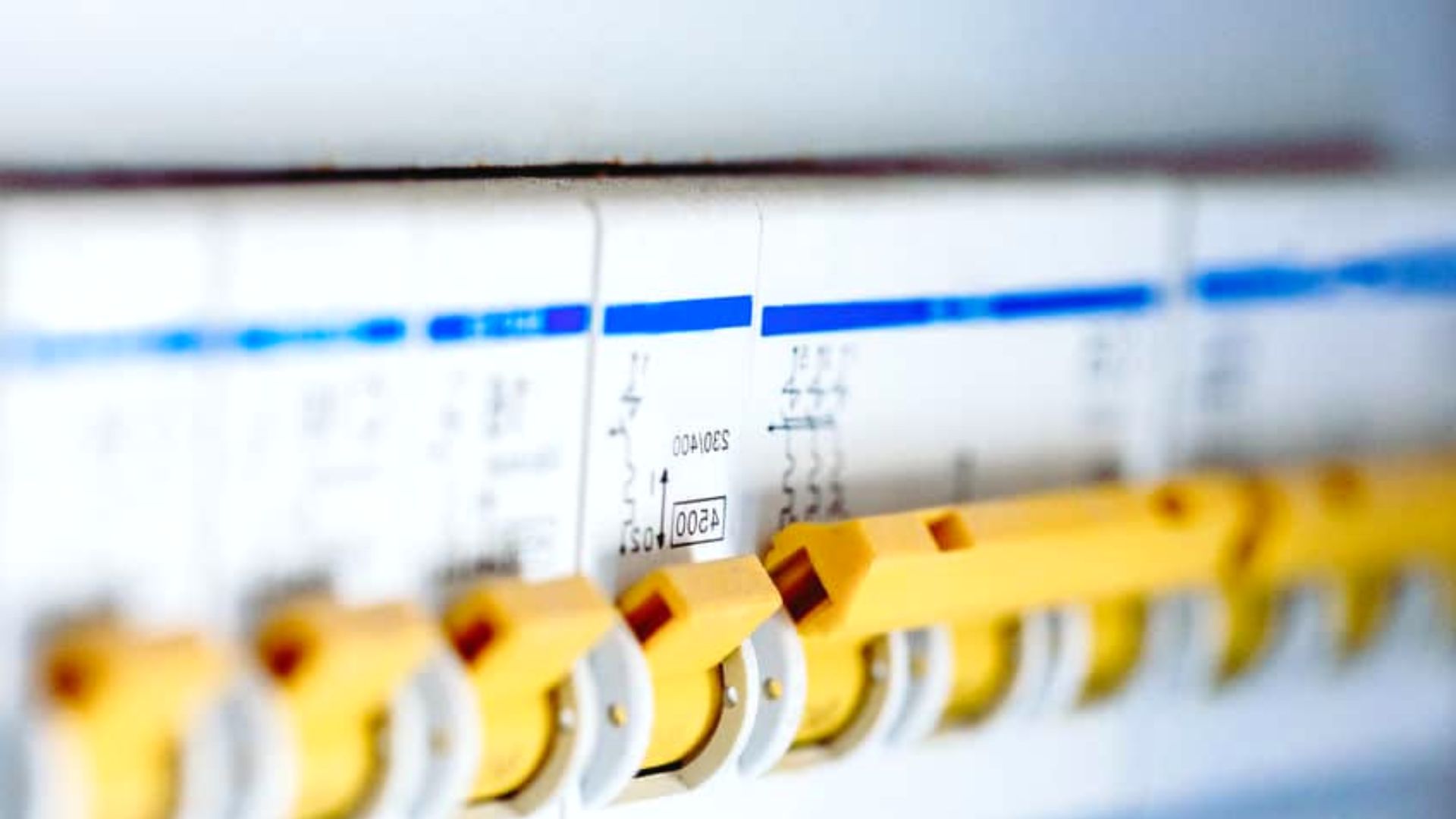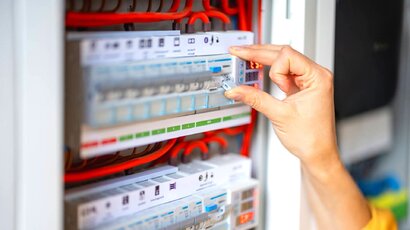Several tragedies have occurred in residential and commercial spaces due to short circuits resulting in fires.
Hence, despite taking safety measures, it may not be best to trust only the current and voltage readings, as abnormalities can creep in at any time. And this is where circuit breakers play a crucial role. Once installed, it controls the sudden current and voltage rise and can help prevent accidents.
That’s why circuit breakers are considered the heart of an electrical system and can be of different types. For example, circuit breakers installed in houses differ from those in industries.
So, we will walk you through the different circuit breaker types and how they function.

Circuit breakers are mechanical switching devices that dictate the current flow in a circuit under normal or abnormal conditions.
So, what do normal and abnormal circuit conditions refer to? The connection of the appliances (loads) offers resistance to the charge flow to work smoothly and complete the entire circuit. If these appliances work this way, charge flow will be smooth, and there won’t be an overvoltage, high voltage circuit breakers, or current issue.
However, sometimes too much charge flows into the wires, generating heat and leading to a fire. And circuit breakers act to cut off the entire circuit and prevent the charge from flowing any further in the circuit.

The most general way of classifying circuit breakers is based on the medium used for arc extinction. An arc is formed when the current-carrying contacts of a circuit breaker move apart, and the method to neutralise the arc is called arc extinction.
Generally, the medium used is Sulphur Hexafluoride gas, air, oil or vacuum circuit breaker, and the different circuit breaker types include:
Each type of circuit breaker has its advantages and disadvantages, and we will look at each in detail.
Air magnetic circuit breakers, also called Arc chute circuit breakers, generally consist of several plates between the contacts and are either insulated or metallic. As soon as an arc is formed, it comes in contact with several metal plates. The main arc breaks into smaller arcs, with low voltage circuit breakers of 30-40 volts.
Another type of air circuit breaker with a working principle of magnetic low-out assist uses insulated arcing plates made of ceramic. In this type, the arc travels through the plates, gets elongated, and cools by diffusion.
When the circuit breaker opens and the arc forms, there’s an increase in separation between the circuit contacts. The coil comes in contact with the current, creating a magnetic field to exert a force on the arc, making it even deeper into the chutes.
The second type is the air blast circuit breakers, which use a blast of air (or high-pressure air) as a medium for arc extinction. In case of any disruption in charge flow, the air blast separates the contacts and cools the arc.
This circuit breaker sweeps the arc and arching products into the atmosphere, thereby increasing the dielectric strength of the medium and preventing the arc from striking again. Consequently, the arc is extinguished, and the circuit has no current flow.
In minimum oil circuit breakers, the arc extinction medium is an insulating oil. When the arc is formed and the contacts separate in the oil, it evaporates as hydrogen gas and surrounds the arc region.
Due to the high thermal conductivity of hydrogen gas, the arc gets cooled down, and the medium is deionised. And the hydrogen gas forms turbulence in the surrounding oil to throw away the arcing products from the arc.
This type of circuit breaker has been named after Sulphur hexafluoride (SF6), which acts as the extinction medium. The compound is electro-negative and attracts free electrons; when an opening in the circuit contacts, a high-pressure SF6 gas flows through it. During the process, the medium absorbs the free electrons produced, increasing the strength of the insulating medium and extinguishing the arc.
We will conclude our guide on types of circuit breakers and their importance. We hope it helps you understand circuit breakers and will help you choose the best one for your needs.
To summarise, the air circuit breakers are helpful for smaller areas like offices, houses, and others, as not much heat is generated. Likewise, you should install the oil and SF6 circuit breakers in an electrical system that produces huge amounts of current. This is because they can effectively deal with large charge flow and quickly eliminate the formed arc.
To speak with a licensed Melbourne electrician about your circuit breaker, please get in touch with us. The Precision Electrical & Plumbing team has years of experience with commercial and residential electrical projects in Sydney. You can rely on us for honest, fast and professional services!
We will be back again. Till then, goodbye and see you soon!
{{author:bio}}
Find them on their website: Precision Electrical & Plumbing, Facebook and LinkedIn.
Not sure about the differences between a safety switch and circuit breaker? We’ve got a quick guide to clear all your doubts about this topic. Learn more!
Read MoreDon’t know what to do when your circuit breaker keeps tripping? Don’t worry, because we have an informative guide on the topic to help you identify the cause!
Read MoreNot quite sure where and how electricians install smoke detectors in your house? Not to worry, as our guide has all the information and answers to put your mind at ease.
Read More


